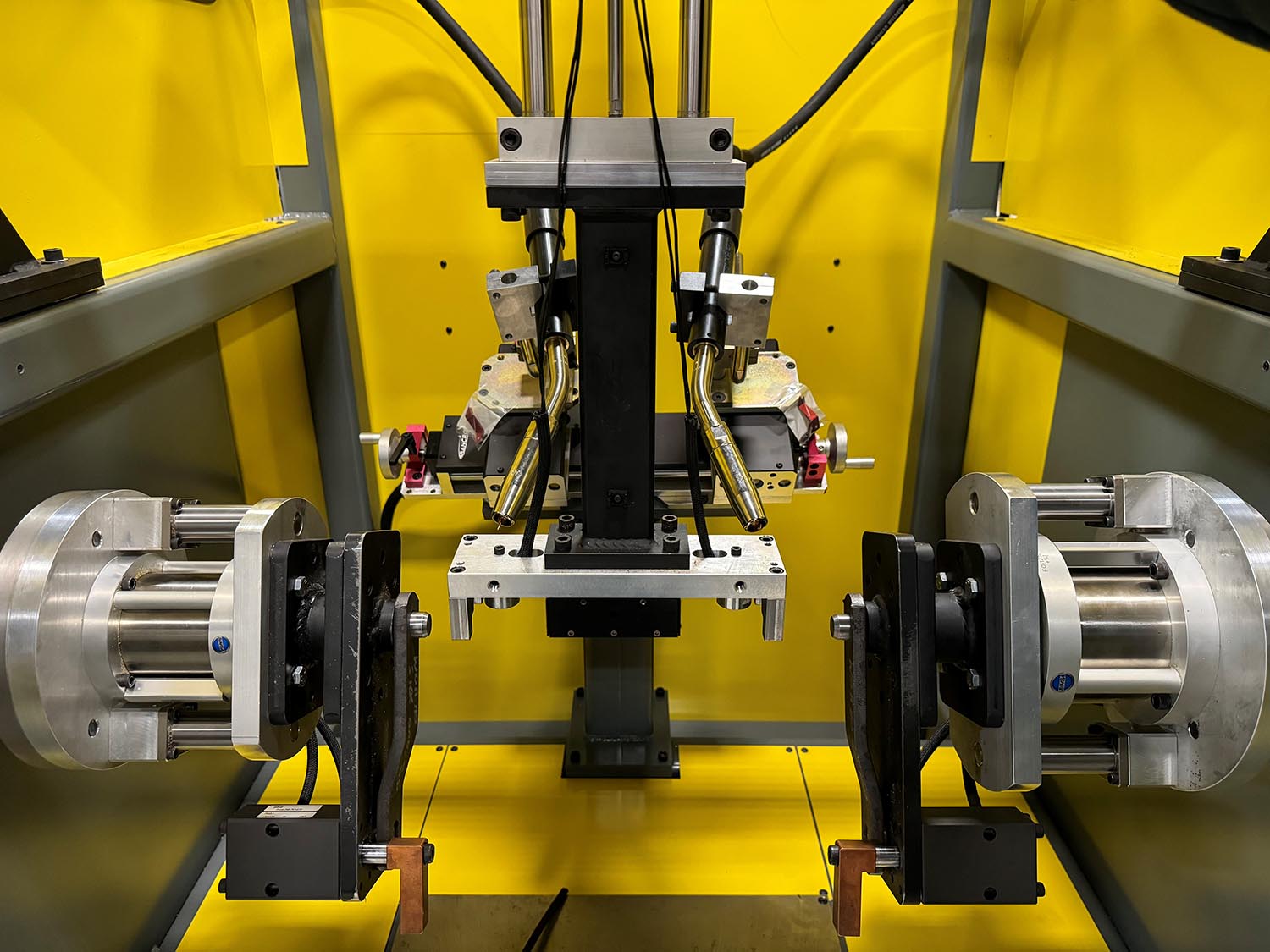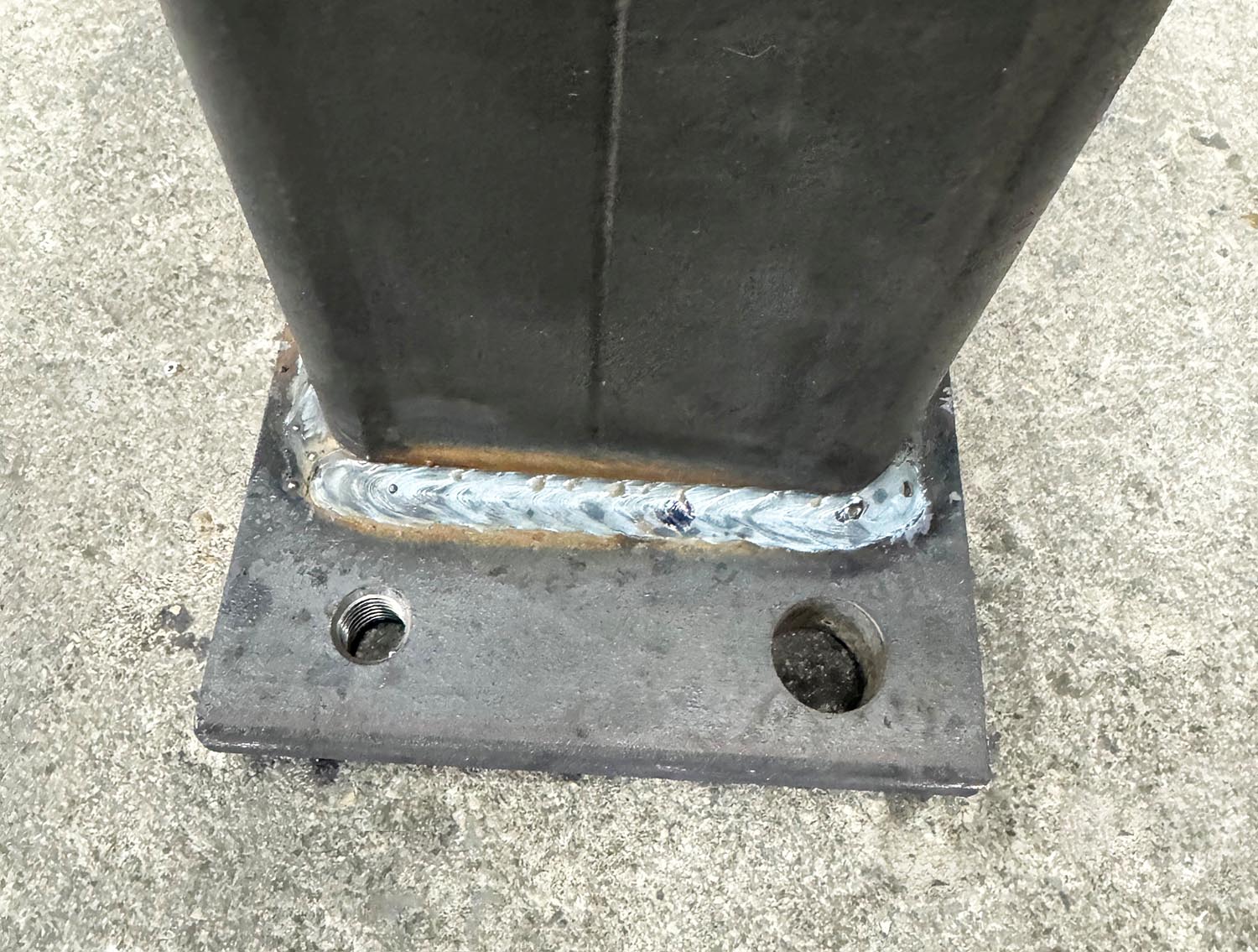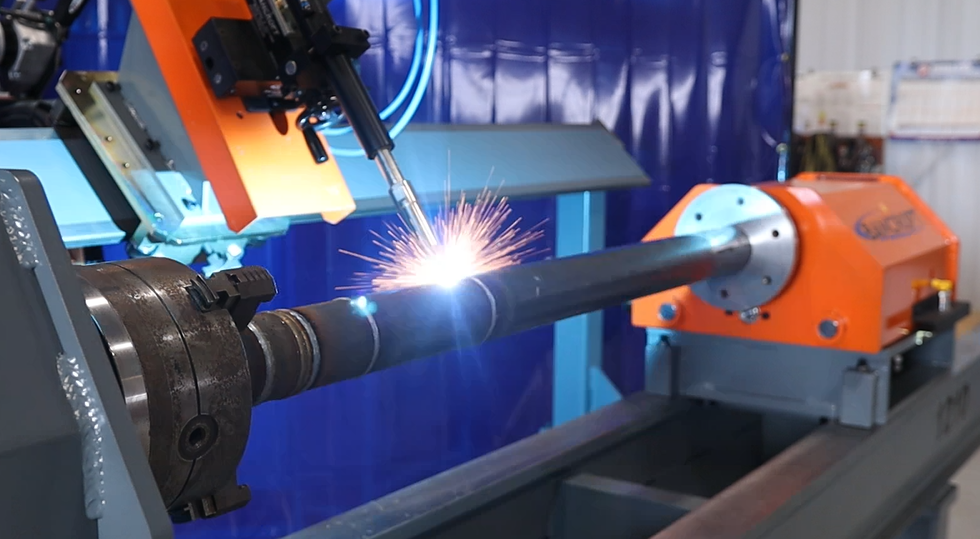Selecting an ideal welding process is paramount to any welding project’s success, not only impacting weld quality but also productivity, cost efficiency and safety. In this post we will outline seven key factors you must keep in mind when identifying an optimal process for your project and how automation can help.
#1. Material Type
The type of metal being welded is of prime importance when making welding decisions. Different materials like aluminum, steel and titanium possess unique properties that lend themselves to certain welding processes over others. TIG (Tungsten Inert Gas) welding tends to work better with thin aluminum materials while MIG (Metal Inert Gas) is better for thicker steel materials.
#2. Material Thickness
Material thickness plays an essential part in selecting a welding process. Thinner materials require precise heat control mechanisms like TIG welding to avoid warping or burning through, while thicker materials might benefit more from stick or flux-cored arc welding, which have greater penetration capabilities.

Range of Material Thicknesses
#3. Welding Position
Welding can be performed from various positions: flat, horizontal, vertical and overhead. MIG welding can usually be more effectively utilized across all of these positions vs TIG. Bancroft Engineering offers both manual welding positioners and automated welding positioners to help you achieve the perfect weld every time no matter what position your project demands.
#4. Quality and Aesthetics
Certain welding processes offer higher-quality welds with minimal spatter. TIG welding stands out for producing attractive results, producing clean welds without much spatter. Our line of equipment, from rotary welding machines, seam welders, weld lathes or robotic solutions, are engineered to deliver exceptional quality in an array of applications and meet stringent industry standards.

Automated Welding Machine By Bancroft
#5. Speed and Efficiency
In high-production environments, the speed of welding processes is of great significance. For example, MIG is faster than TIG welding, making it more suited for projects where time constraints are tighter.
#6. Welder Skill and Experience Level
Manual TIG welding requires high levels of proficiency and skill. When choosing a welding process, it’s essential that workforce capabilities are taken into consideration. Automation shakes this up a bit. Bancroft Engineering’s automated and semi-automated welding equipment make the work easier for less experienced welders to achieve precise, consistent results.

Manual Weld
#7. Cost Considerations & ROI
Cost considerations and ROI should always be kept in mind, including equipment costs, consumables costs and labor. Stick welding tends to have lower initial costs but may prove less efficient over time when compared with more advanced processes like automated MIG or TIG welding. It’s important to work with a welding integrator who provides cost-effective solutions that meet both technical requirements and your budget constraints.
Automated Welding Leads the Way
Selecting the ideal process requires considering material properties, project requirements and available resources. By considering these key criteria when making decisions about welding processes and procedures, you can make informed choices that ensure quality, efficiency and cost-effectiveness in your projects.
Technological advances like automation make welding brighter than ever—we’re here to help you up your game!



